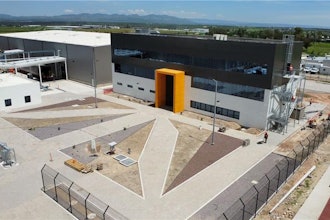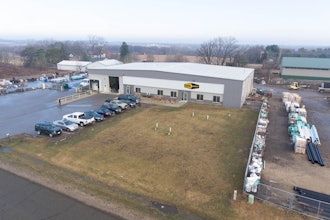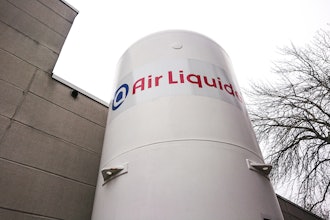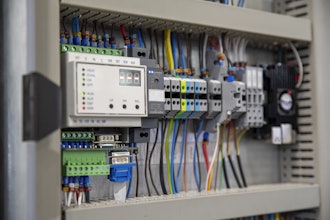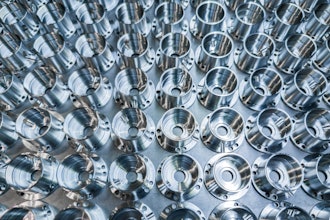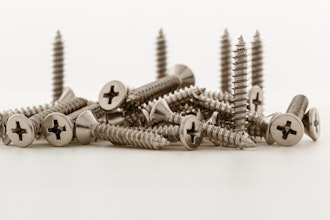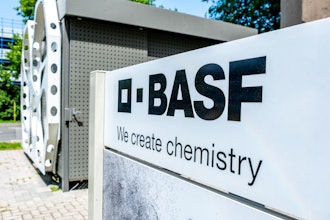WASHINGTON (AP) — Orders for long-lasting U.S. factory goods rose in June, bolstered by a surge in aircraft demand and more spending that signals businesses growing confidence in the economy. The increase suggests manufacturing could help the economy in the second half of the year.
The Commerce Department said Thursday that orders for durable goods increased 4.2 percent last month. That followed a 5.2 percent gain in May, which was revised higher.
Most of the gain occurred because aircraft orders, which are volatile month to month, jumped 31.4 percent. Excluding autos and airplanes, orders were unchanged.
Still, the report showed that orders that signal companies' investment plans, such as machinery and electronics, increased for the fourth straight month. In June, those orders rose 0.7 percent, bolstered by more demand for machinery. And orders in May were much stronger than previously thought.
The steady gains in business investment orders this spring could help boost growth later this year. The reason for the delay is the government measures shipments, rather than orders, when calculating its impact on economic growth.
Durable goods are items meant to last at least three years. They include everything from computers to industrial machinery to refrigerators.
U.S. manufacturing has struggled this year, in part because a weaker global economy has slowed demand for American exports. And businesses reduced their spending on machinery and equipment in the first quarter, holding back economic growth.
The economy grew at a tepid 1.8 percent annual rate in the January-March quarter and most economists expect growth slowed to a rate of 1 percent or less in the April-June period. Figures for the second quarter will be released next week.
Many economists are hopeful that growth is starting to pick up. Some predict growth at a 2.5 percent annual rate in the second half of the year, aided by steady job growth and more consumer spending
There are also signs that overseas demand is recovering. A survey of purchasing managers in the 17 countries that use the euro currency found that business activity expanded in July for the first time in 18 months. That adds to other evidence that the eurozone may be climbing out of recession.
And with orders rising from March through May, factories likely shipped more goods in the April-June quarter. The government measures shipments, rather than orders, when calculating changes in business investment for the nation's gross domestic product.
U.S. manufacturing output rose in June for the second straight month as factories cranked out more business equipment, autos and electronics, the Federal Reserve said last week.
And a survey by the Institute for Supply Management, a trade group, found that factory activity expanded in June after shrinking the previous month. New orders and export orders rose, a positive sign for future growth.








